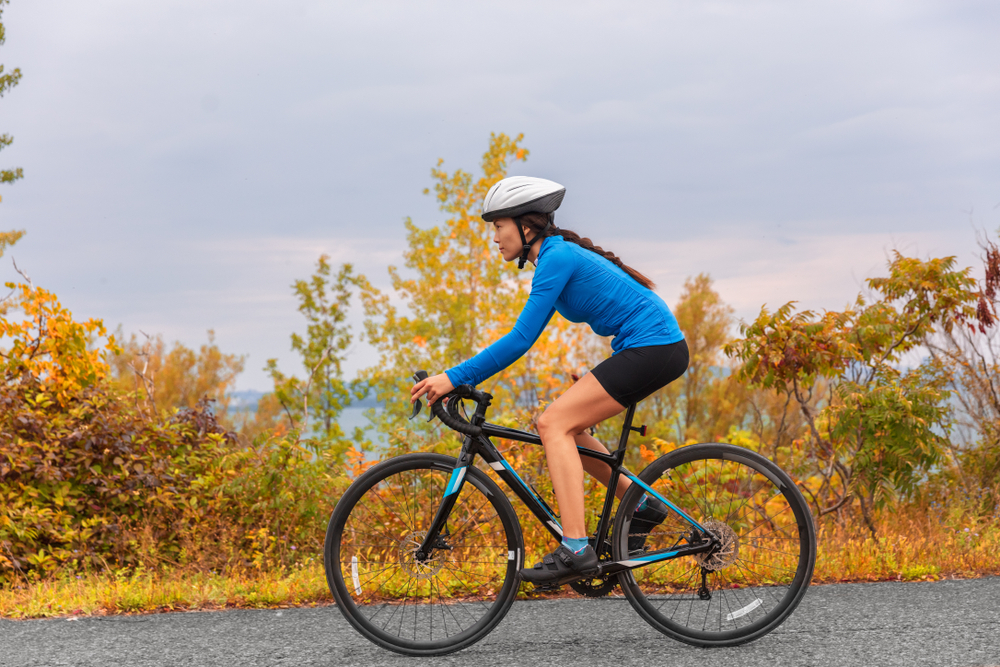Cycling Power Meter
A power meter measures the power output of a cyclist in watts. This device is essential for anyone serious about their cycling performance. Power meters provide a direct measurement of a cyclist’s effort, offering more accurate data than heart rate monitors or speedometers.
How It Works
Power meters operate on the principle of strain gauges. These gauges are usually placed in the crankset or pedals. When you pedal, the strain gauges measure the torque applied. The meter then calculates power by combining this data with the rate of revolution (cadence).
Types of Power Meters
- Crank-Based: These power meters are integrated into the crank arms or spider. They are known for accuracy but can be expensive and difficult to install.
- Pedal-Based: These are installed in the pedals, making them easy to transfer between bikes. They are less durable compared to other types.
- Hub-Based: Placed in the wheel hub, these power meters are highly durable but less convenient to switch between bikes.
- Chainring-Based: Positioned in the chainring, they offer another accurate option but usually require specific bike components.
Benefits
Using a power meter allows cyclists to train more effectively. By tracking their performance, cyclists can make data-driven decisions. This helps in enhancing efficiency and achieving specific goals, such as improving endurance or sprint capability.
Additionally, power meters help in pacing during races. Instead of relying on subjective measures like perceived exertion, athletes can maintain a consistent power output. This prevents burnout and ensures energy conservation for key race moments.
Power Zones
Cyclists often use power zones for structured training. These zones categorize a cyclist’s effort into different levels. Training within specific power zones can target various physiological adaptations. The common power zones are:
- Zone 1: Active recovery. Very light effort, used for rest days.
- Zone 2: Endurance. Long rides to build aerobic capacity.
- Zone 3: Tempo. Moderate effort for improving sustainable pace.
- Zone 4: Threshold. Hard effort, near lactate threshold.
- Zone 5: VO2 Max. High intensity, improving maximal aerobic power.
- Zone 6: Anaerobic Capacity. Very high intensity for short bursts.
- Zone 7: Neuromuscular Power. Maximum effort for very short sprints.
Data Analysis
Post-ride data analysis is crucial. Most power meters sync with cycling software like TrainingPeaks or Strava. These platforms offer detailed analytics. Metrics such as average power, normalized power, and power distribution are analyzed. Cyclists can then adjust their training plans based on the insights gained.
An important metric is the Functional Threshold Power (FTP). This represents the maximum power a cyclist can sustain for an hour. FTP is used to set training zones and measure progress over time.
Calibration and Maintenance
Regular calibration is necessary to ensure accuracy. Most power meters have a manual calibration feature accessible via the head unit or app. Follow manufacturer guidelines for best results. Keeping the power meter clean and free from debris also helps maintain its functionality.
Choosing the Right Power Meter
Compatibility is key when selecting a power meter. Ensure it fits your bike’s components. Budget is another consideration. Crank-based power meters are pricier but offer high accuracy. Pedal-based meters, while affordable, may not be as durable. Look for ease of installation and think about whether you’ll need to transfer it between bikes frequently.
Future Trends
Advances in technology are making power meters more accessible. Wireless models are becoming more common, and some new power meters are integrating with smart devices. Future power meters may offer real-time data analysis and even more precise measurements.
“`






